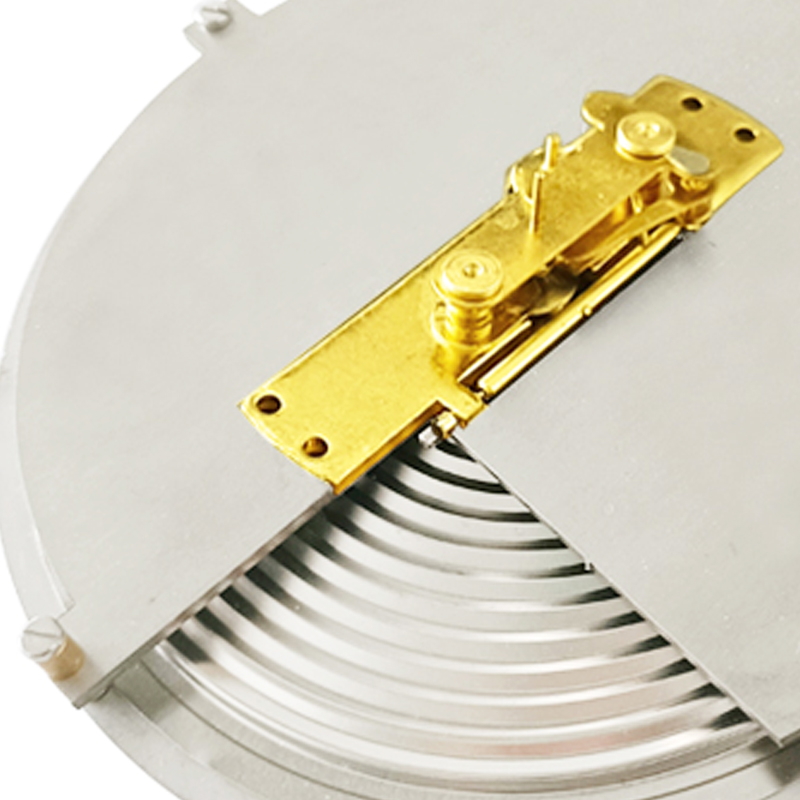
أكتوبر . 11, 2024 15:19 Back to list
famous pressure sensing elements diaphragm
Famous Pressure Sensing Elements The Diaphragm
Pressure sensors, integral components in a variety of industrial and commercial applications, are crucial for measuring the pressure of gases and liquids. Among the various types of pressure sensing elements, diaphragms are particularly noteworthy due to their wide applicability and efficiency. Understanding the principles, construction, and advantages of diaphragm-based pressure sensors provides insight into their significance in modern technology.
The Principle of Operation
A diaphragm pressure sensor operates based on the elasticity of a membrane, also known as a diaphragm. This component is typically made from materials such as stainless steel, silicon, or other polymers that can withstand various environmental conditions. When pressure is applied to the diaphragm, it bends or deflects. This deflection is proportional to the amount of pressure exerted on it.
The deflection of the diaphragm is converted into an electrical signal through several methods, with one of the most common being the use of strain gauges. These small sensors are bonded to the surface of the diaphragm. As the diaphragm deflects, the strain gauges experience a change in resistance, which is then translated into an electrical output representing the applied pressure.
Construction and Design
The construction of diaphragm pressure sensors is a critical factor that determines their performance. The diaphragm must be robust enough to handle varying pressures while maintaining sensitivity. The design typically includes a sealed cavity where the diaphragm is positioned. This cavity can be filled with oil or vacuum to enhance sensitivity and reduce hysteresis.
In many applications, the diaphragm sensor will also incorporate a housing that protects it from environmental factors such as moisture, dust, and corrosive chemicals. The choice of materials is equally vital, as it must complement the type of medium whose pressure is being measured. For example, a stainless steel diaphragm is often selected for high-pressure applications involving corrosive gases.
Advantages of Diaphragm Sensors
famous pressure sensing elements diaphragm

Diaphragm pressure sensors offer numerous advantages, making them a popular choice across a range of sectors. One significant benefit is their high accuracy and reliability. Because of their simple design and robust construction, diaphragm sensors can provide precise measurements with minimal maintenance.
Another advantage is the ability of diaphragm pressure sensors to withstand extreme environmental conditions—including high temperatures and corrosive environments—without compromising their functionality. This resilience is particularly important in industries such as oil and gas, chemical processing, and HVAC systems, where conditions can vary dramatically.
Additionally, diaphragm-based sensors are compact and highly versatile. They can be found in numerous applications, from medical devices to aerospace systems. Their ability to measure static and dynamic pressure allows them to be used in both low and high-pressure environments.
Applications
The applications for diaphragm pressure sensors are wide-ranging. In the automotive industry, these sensors are crucial for monitoring oil and fuel pressure, enhancing vehicle safety and efficiency. In the medical field, they are employed in devices such as blood pressure monitors and respiratory equipment, where accurate pressure measurement is vital for patient care.
In industrial settings, diaphragm sensors play a vital role in process control, ensuring that systems operate within desired pressure parameters. They are also used in HVAC systems for managing air pressure, providing comfort and energy efficiency in residential and commercial buildings.
Conclusion
Diaphragm pressure sensors represent a core technology in the measurement of fluid dynamics. With their unique ability to provide accurate pressure readings in a variety of conditions, they have become essential tools in multiple industries. Their compact design, robust construction, and versatility ensure they will continue to play a significant role in future technological advancements. As industries evolve and new challenges arise, diaphragm pressure sensors will adapt, paving the way for innovations in pressure measurement and control. This underscore the importance of understanding these components for engineers and technicians alike, facilitating better designs and more efficient systems across many applications.
-
Digital Pressure Gauge RS Components for Semiconductor & Chip Industries
NewsMay.23,2025
-
Industrial Differential Pressure Gauges Global Supplier & Pricelist
NewsMay.23,2025
-
Bourdon-Type Differential Pressure Gauges High Accuracy & Affordable Pricing
NewsMay.22,2025
-
Vacuum Differential Pressure Gauges High-Precision Solutions & Quotes
NewsMay.22,2025
-
Durable Diaphragm Pressure Elements High Accuracy & Custom Quotes
NewsMay.22,2025
-
AG Precision Pressure Gauges High Accuracy & Global Exporters
NewsMay.21,2025
